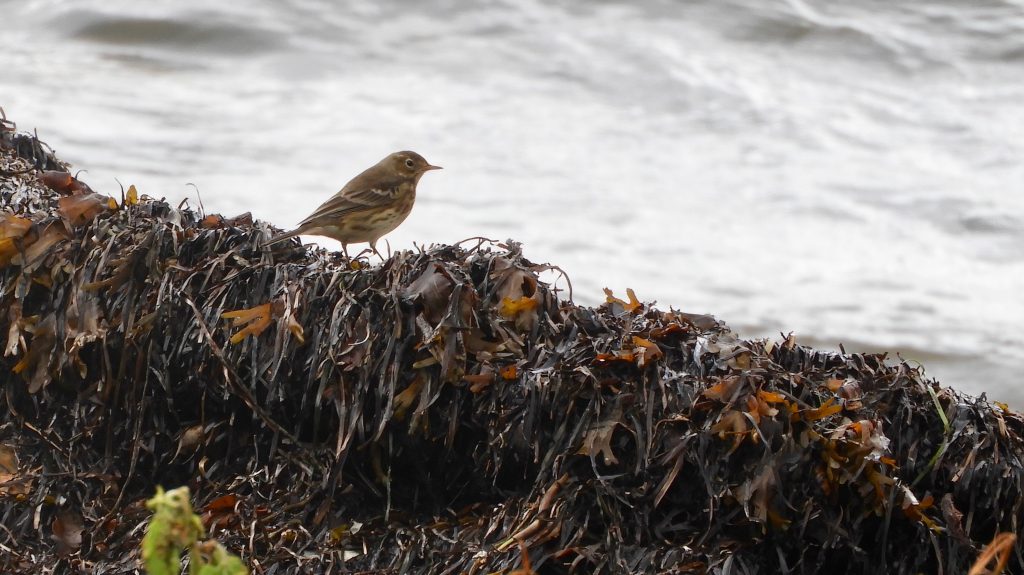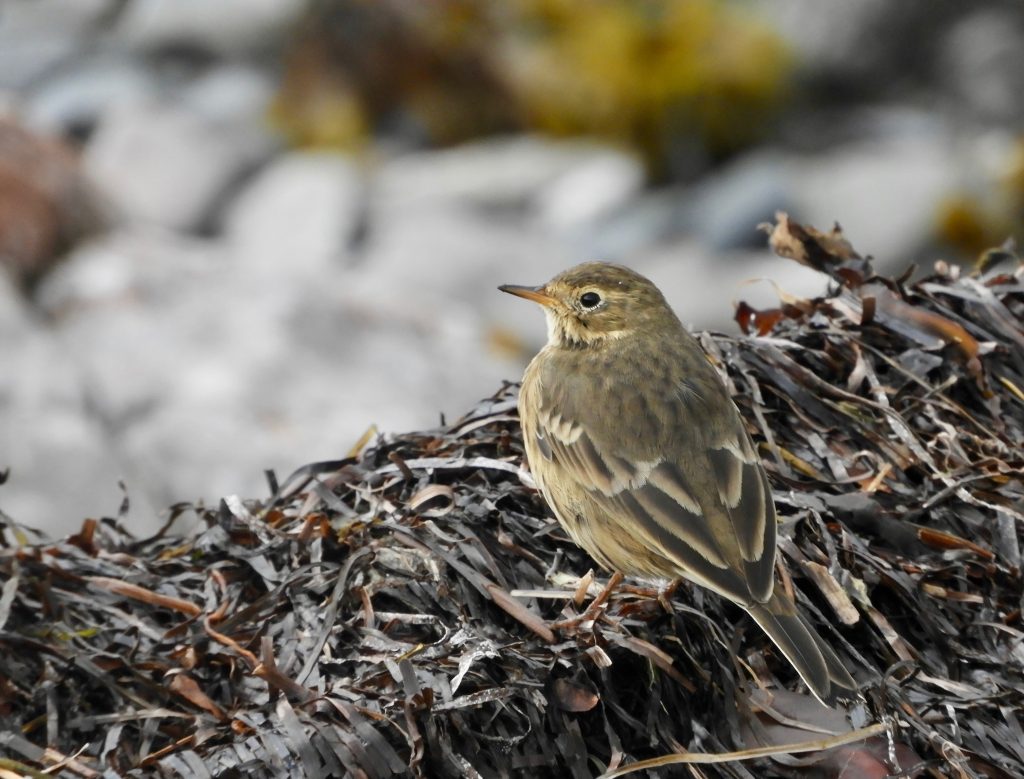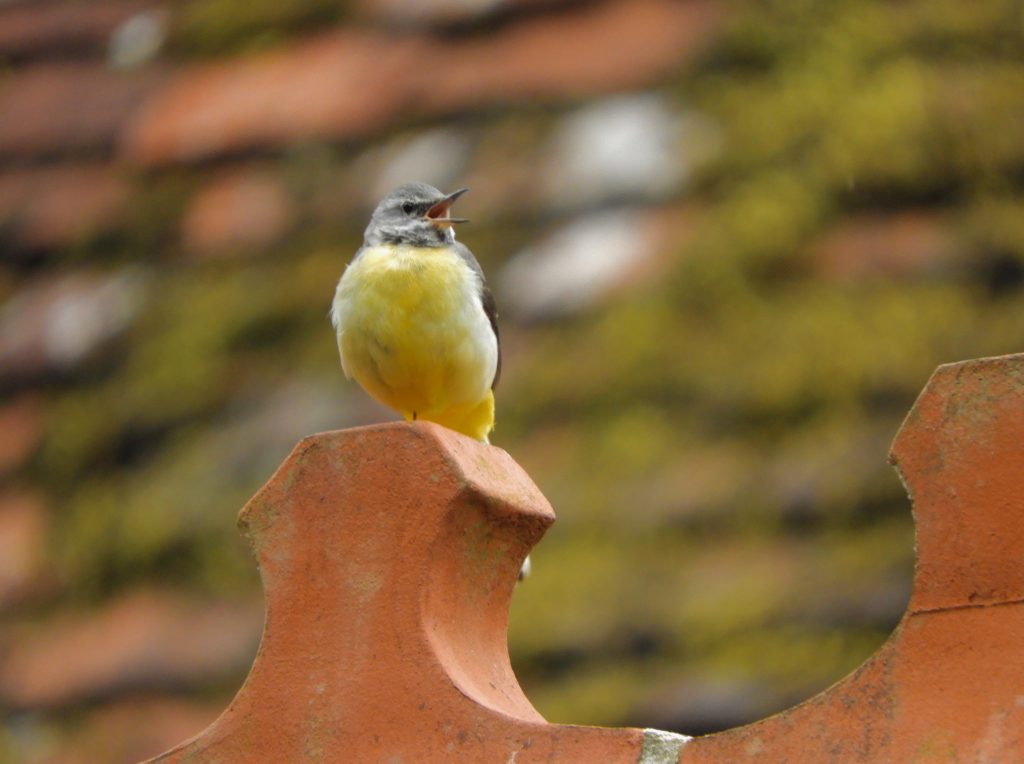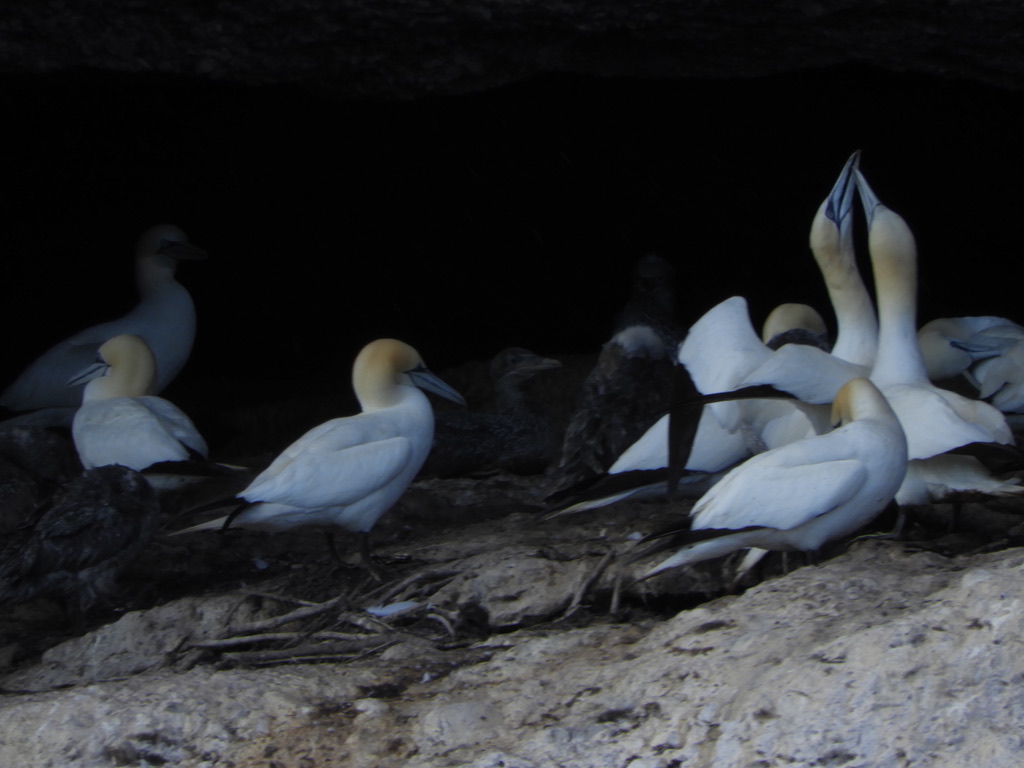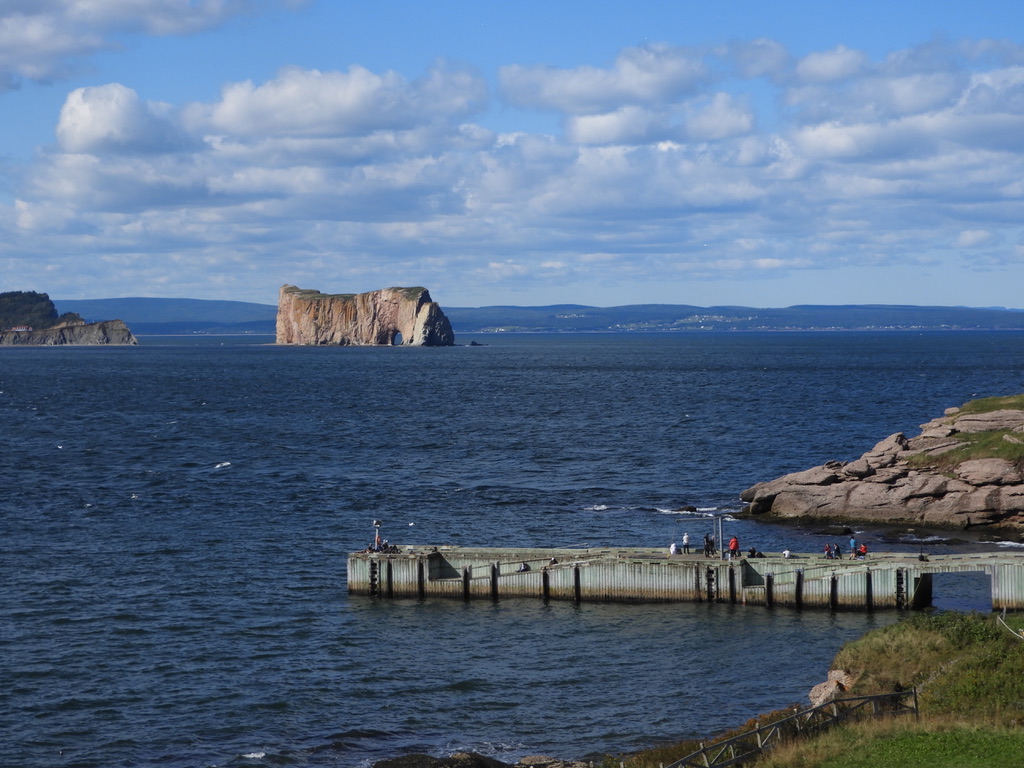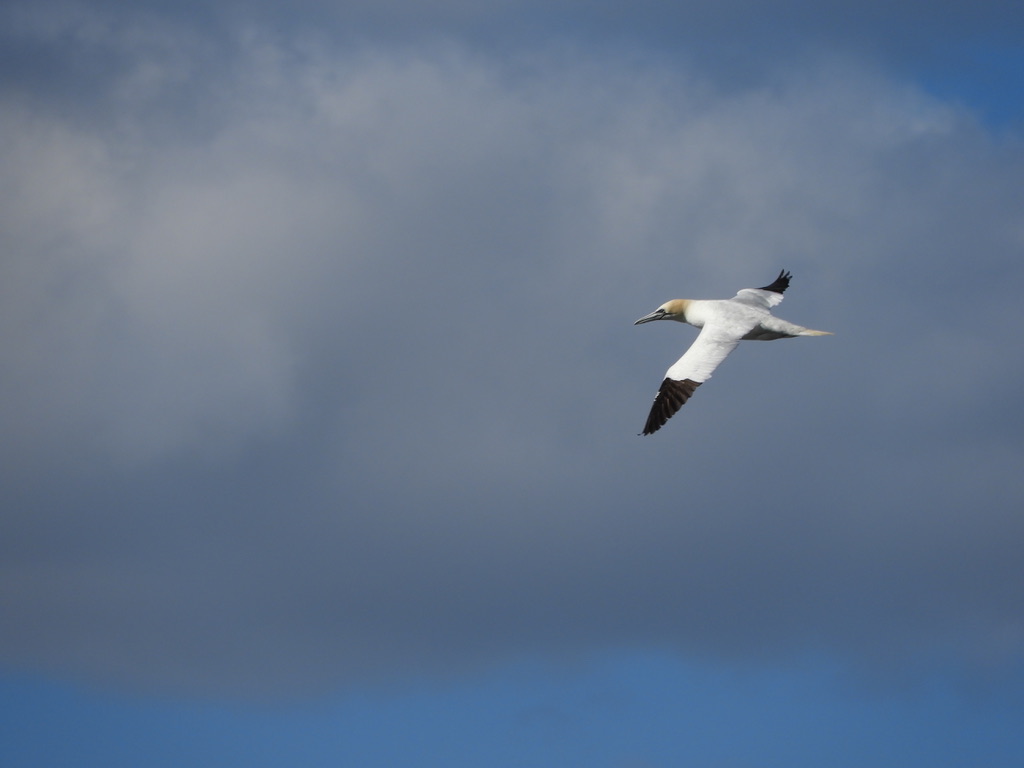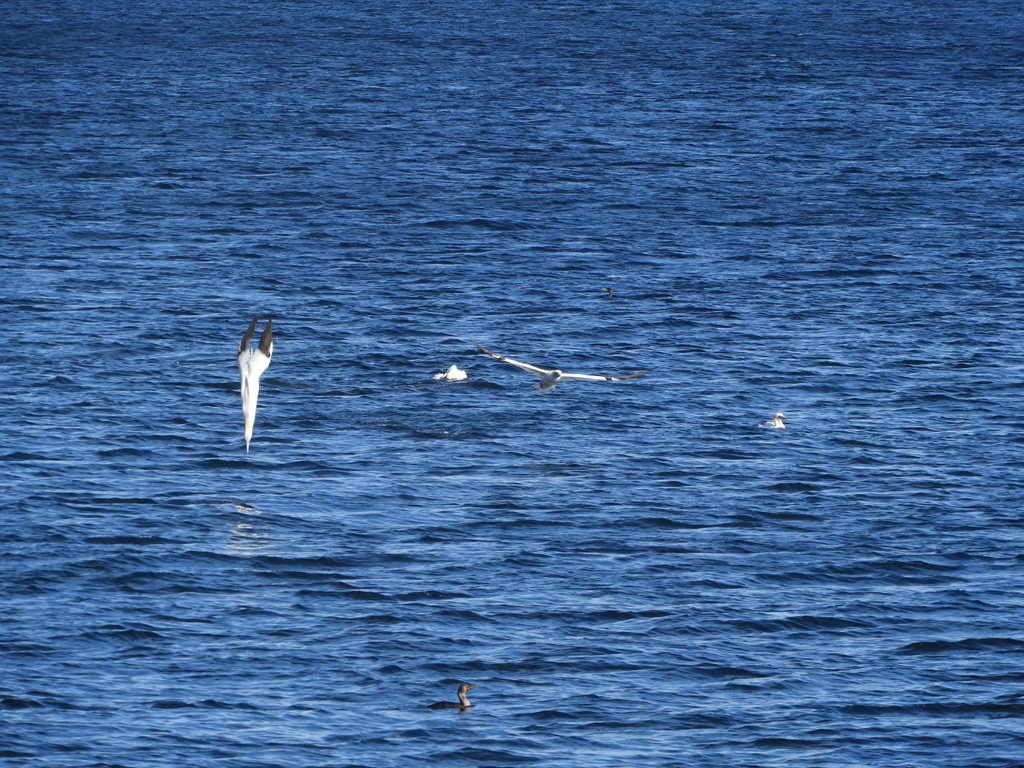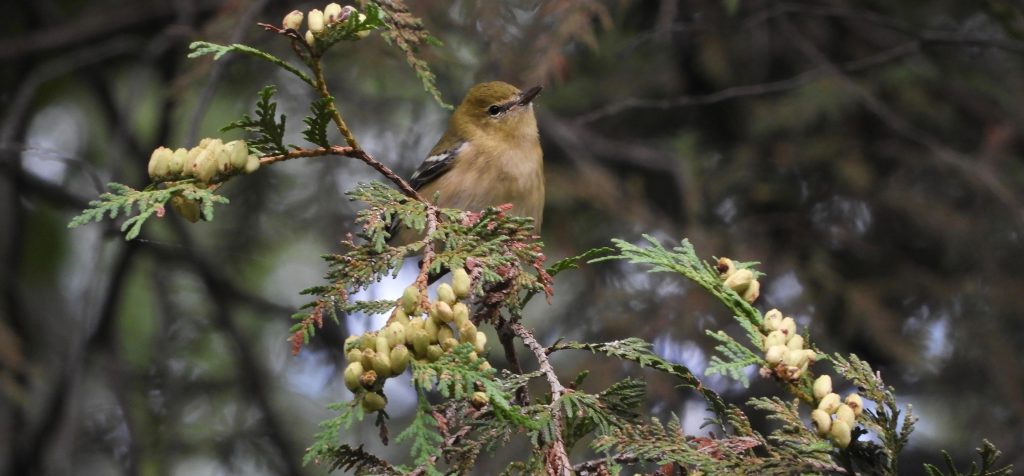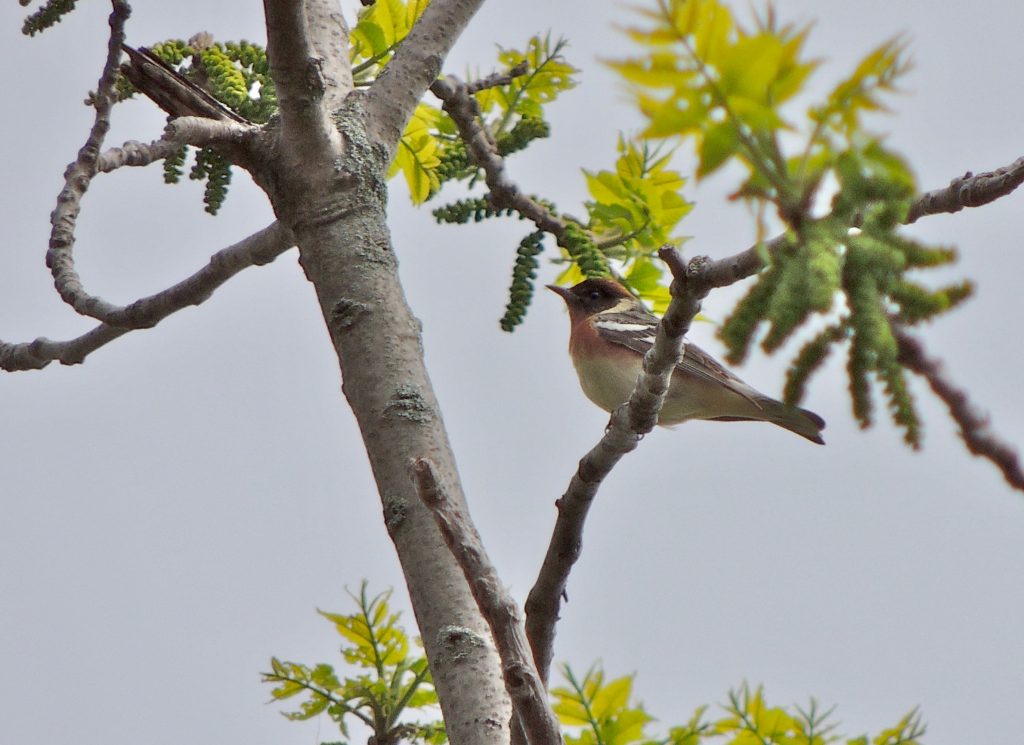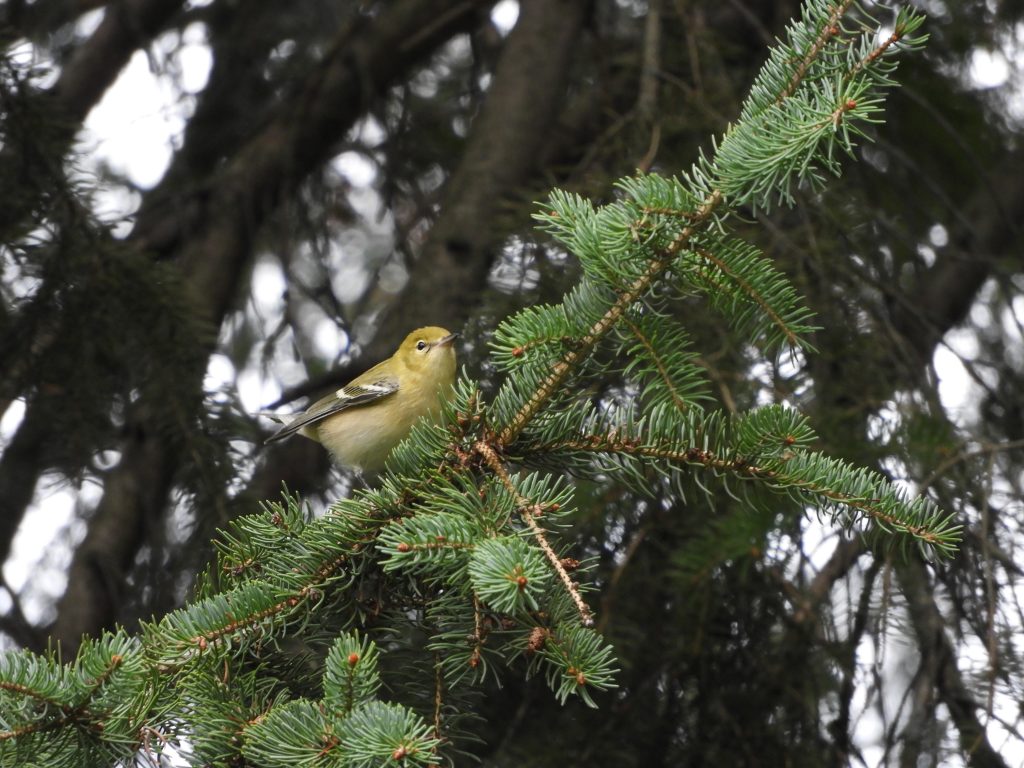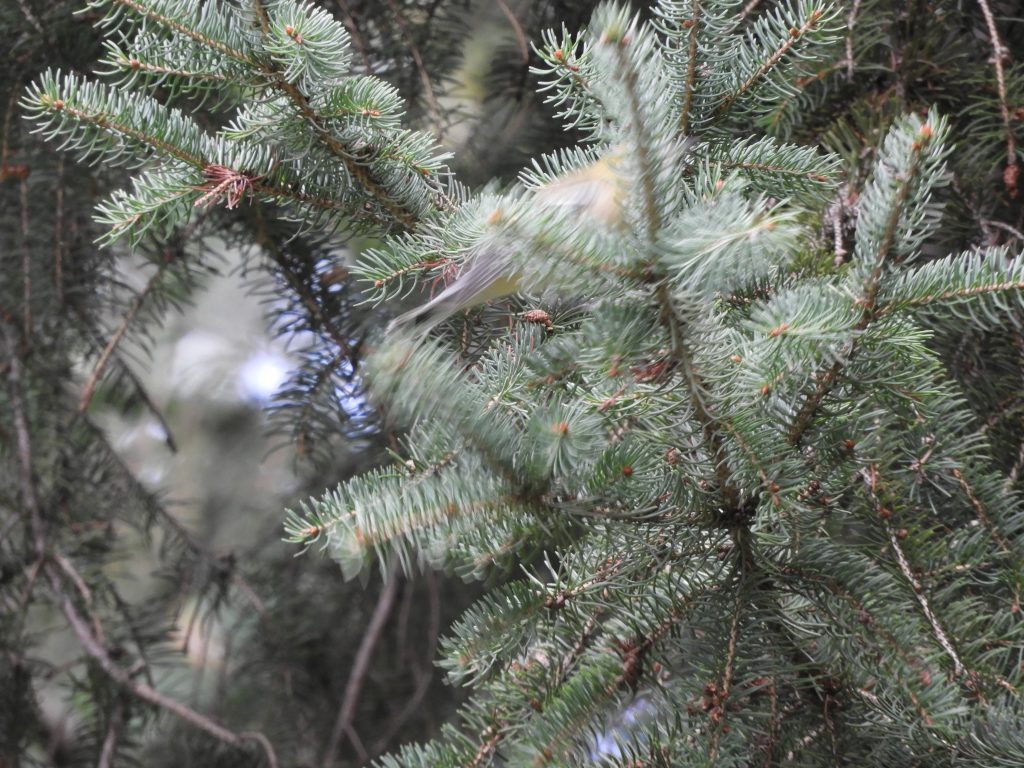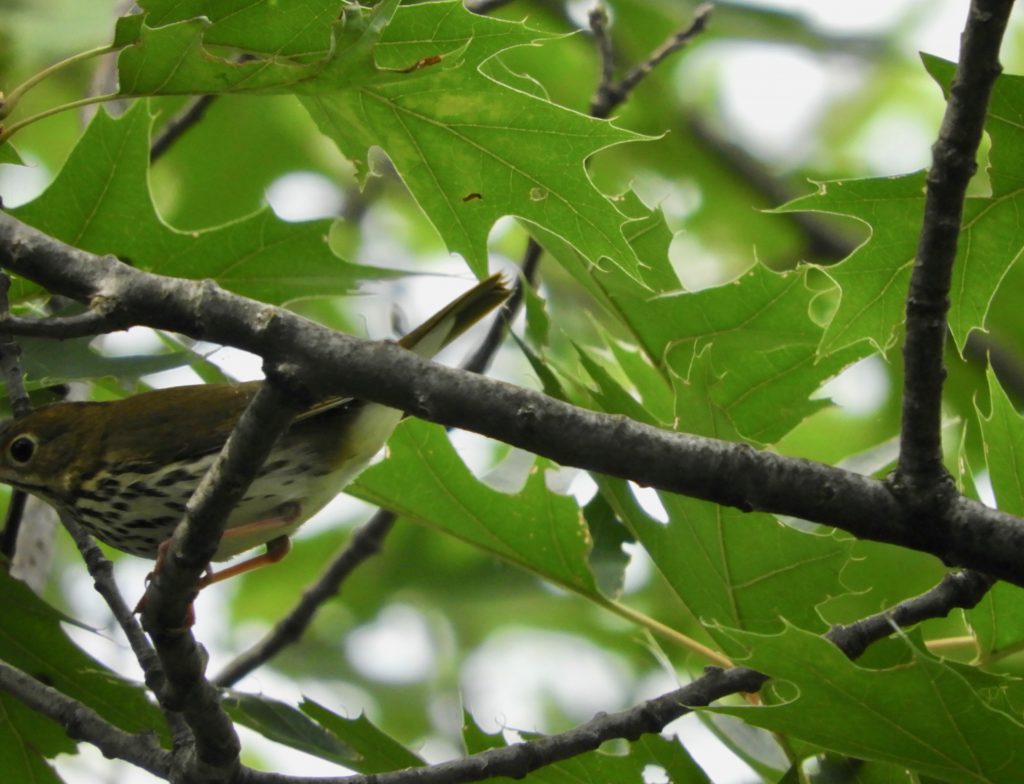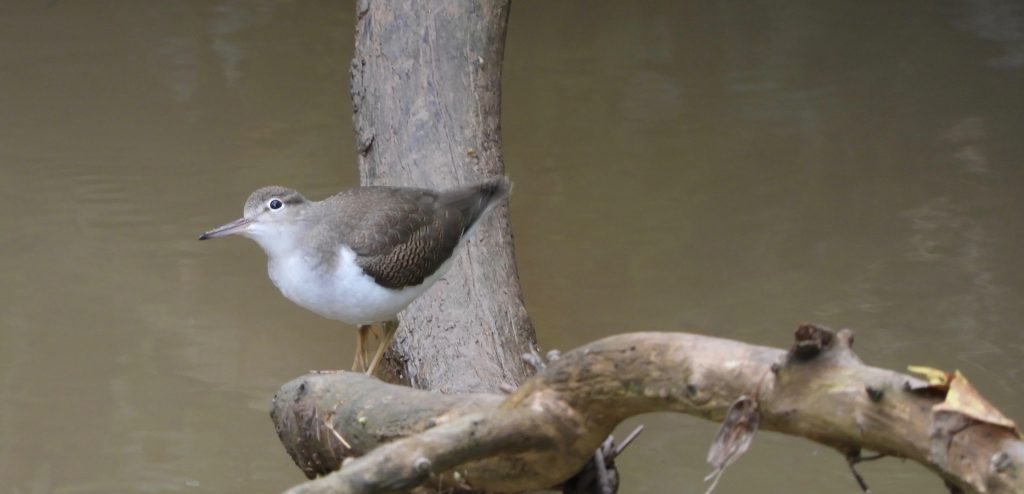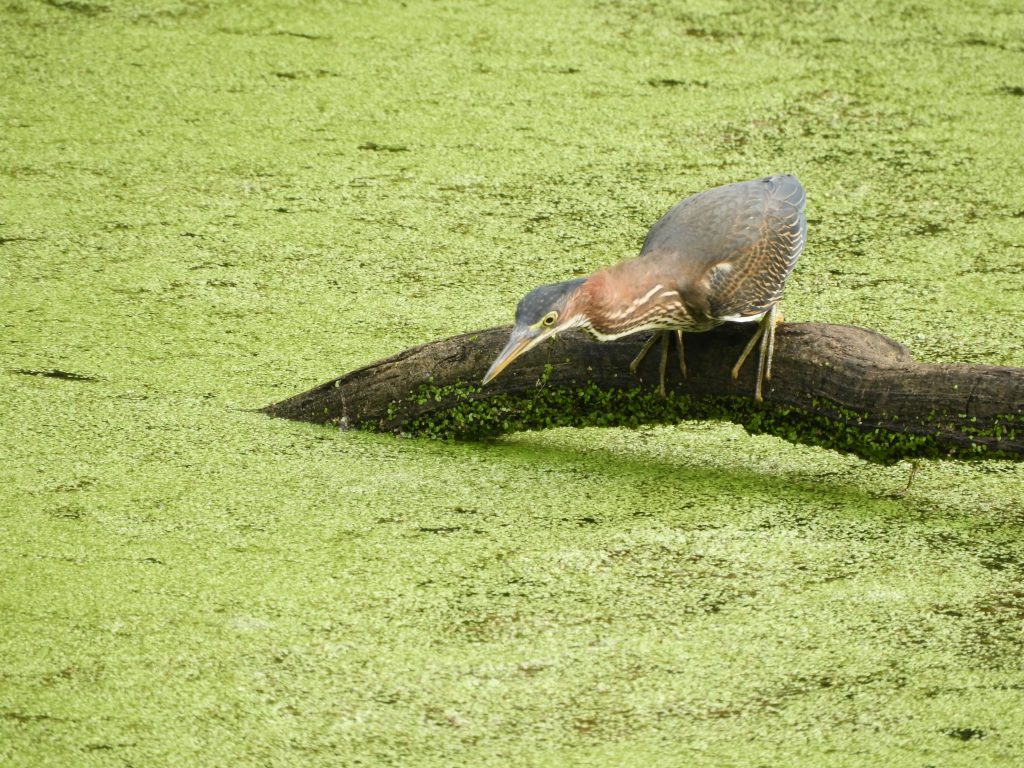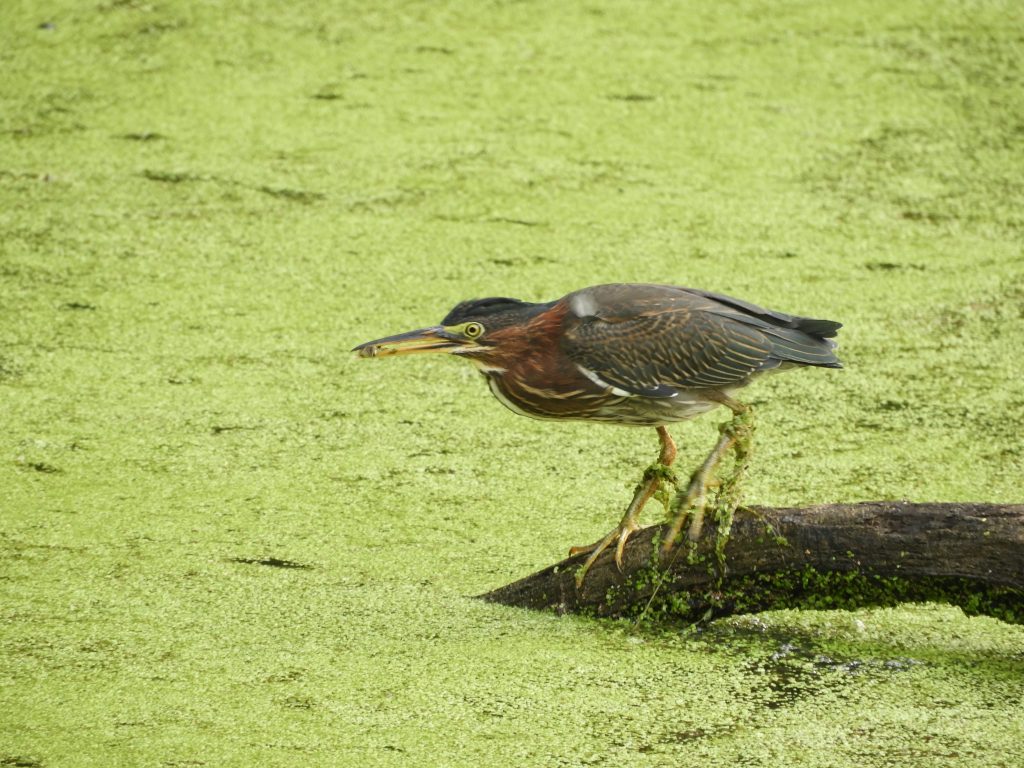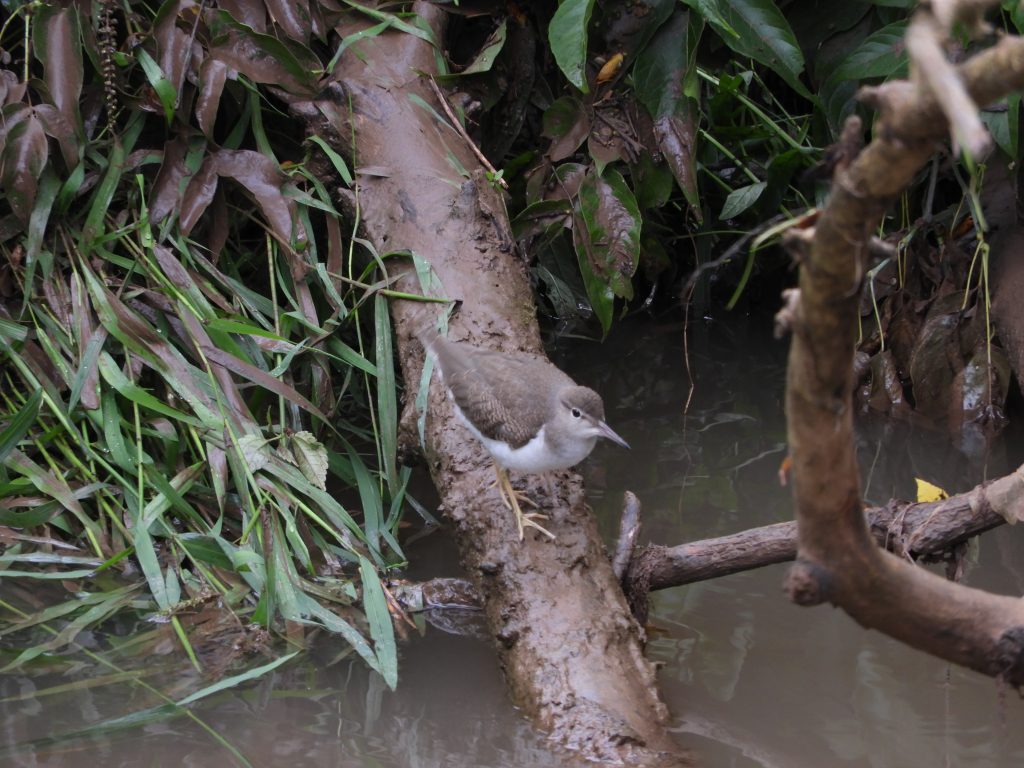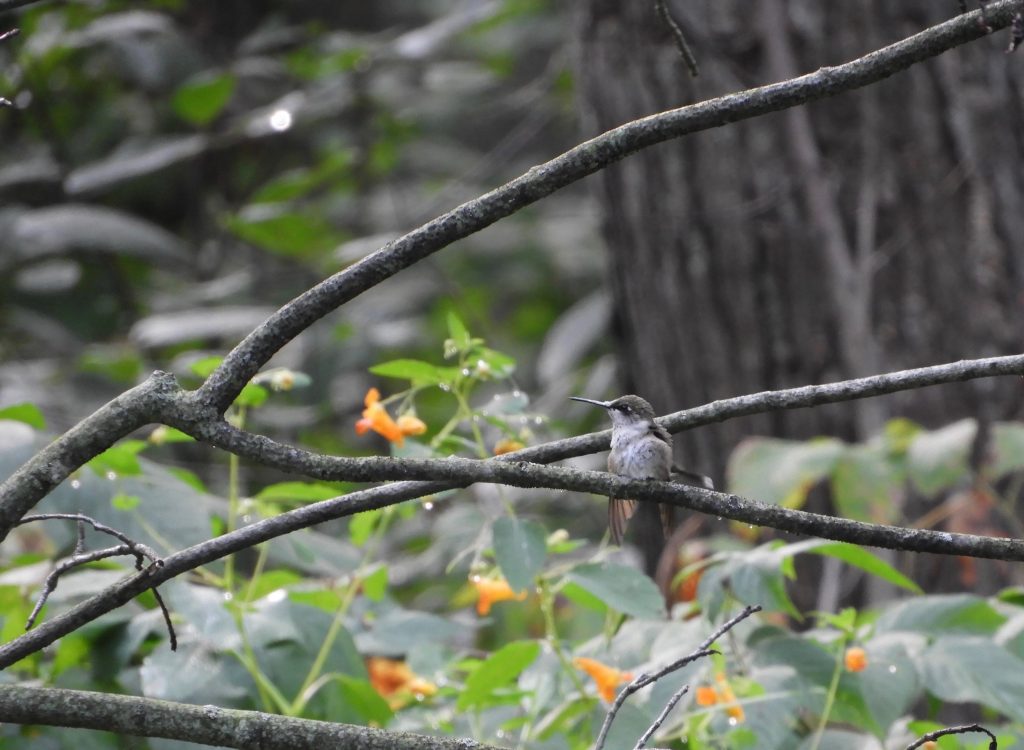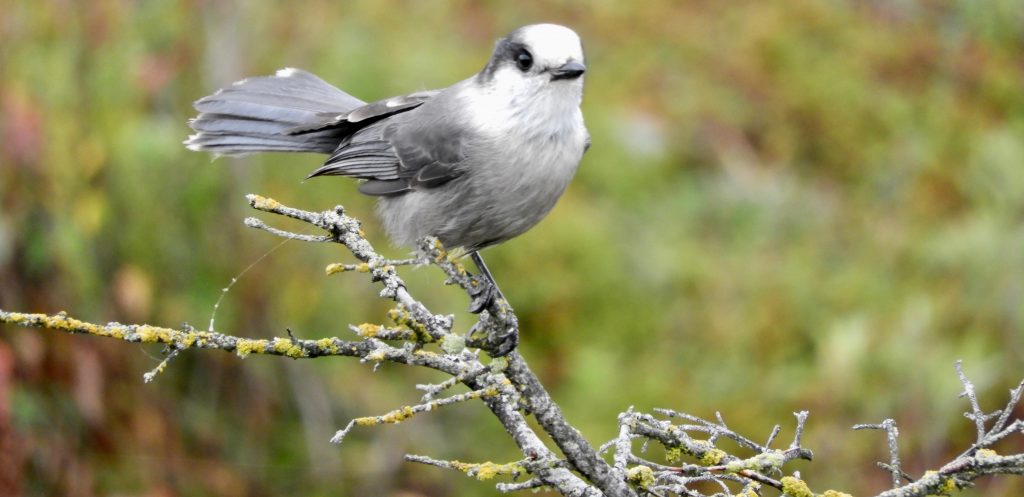
Cap de bon Desire, Quebec. September 16 2021. The Canadian Government has spared no expense in creating a spectacular whale watching opportunity at Cap de bon Desire, about ten kilometres east of Tadoussac on the north shore of the St Lawrence River. I had imagined the cape as a commanding headland and place of shipwrecks but it’s not quite that. It does have a lighthouse to mark a minor turning point along the north shore of the St Lawrence River but the final approach to water’s edge is a gently sloping apron of granite leading from forest to sea; maybe that’s just a landlubber’s perspective.
It is a good and comfortable place, to watch for whales, perhaps just a happy coincidence that whales, principally Minke and Belugas find good reason to cruise by so close to shore. We sat and watched them come and go for an hour or two and what with Grey Seals and Common Loons to add to the fun, there was always something intriguing out there, just offshore.
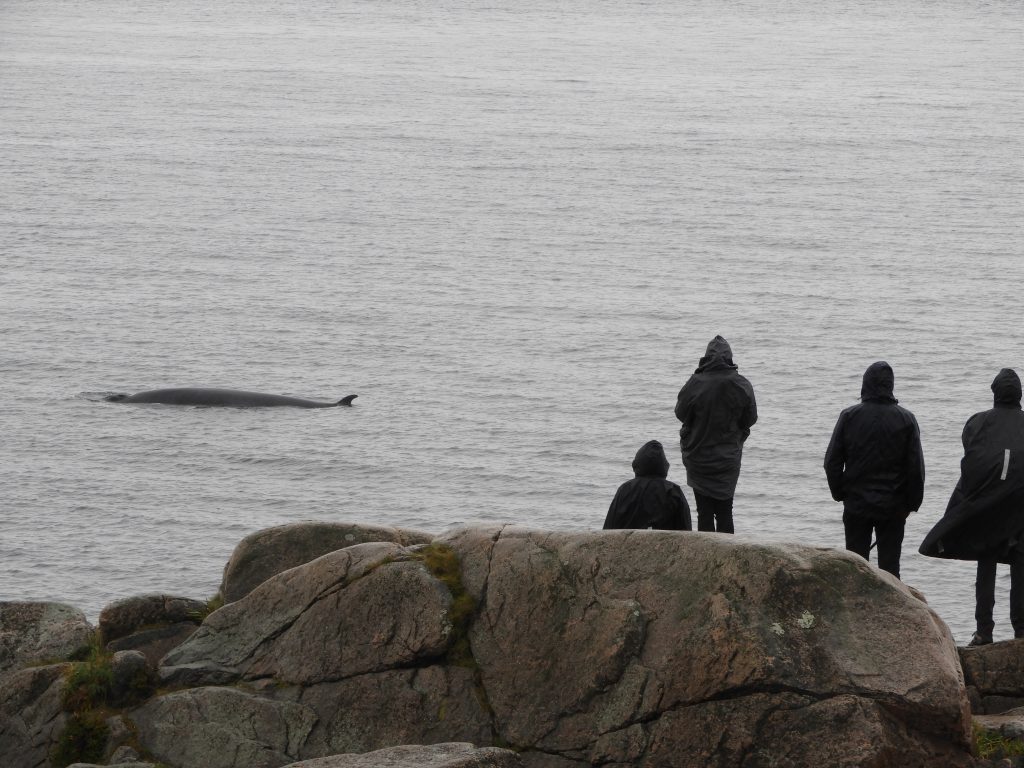
It was one of these extras, albeit not in the water, a Canada Jay, that was an instant Bird of the Day. I noticed its arrival on the bare top of a spruce and while all eyes were properly on the water, I followed the jay’s progress. It didn’t pause anywhere for long, I expect the forest was its preferred and safer place to be, but I was able and pleased to get a few photos.
This is a magical bird. It is capable of showing up quietly and unexpectedly. As Pete Dunne in his excellent Pete Dunne’s Essential Field Guide Companion, so cleverly puts it, “Ghostlike in its ability to appear suddenly and silently on a limb just above your head….Unusually silent, especially for a jay.” That spectral quality he suggests is written in the bird’s beautifully subtle white, grey and almost black plumage.
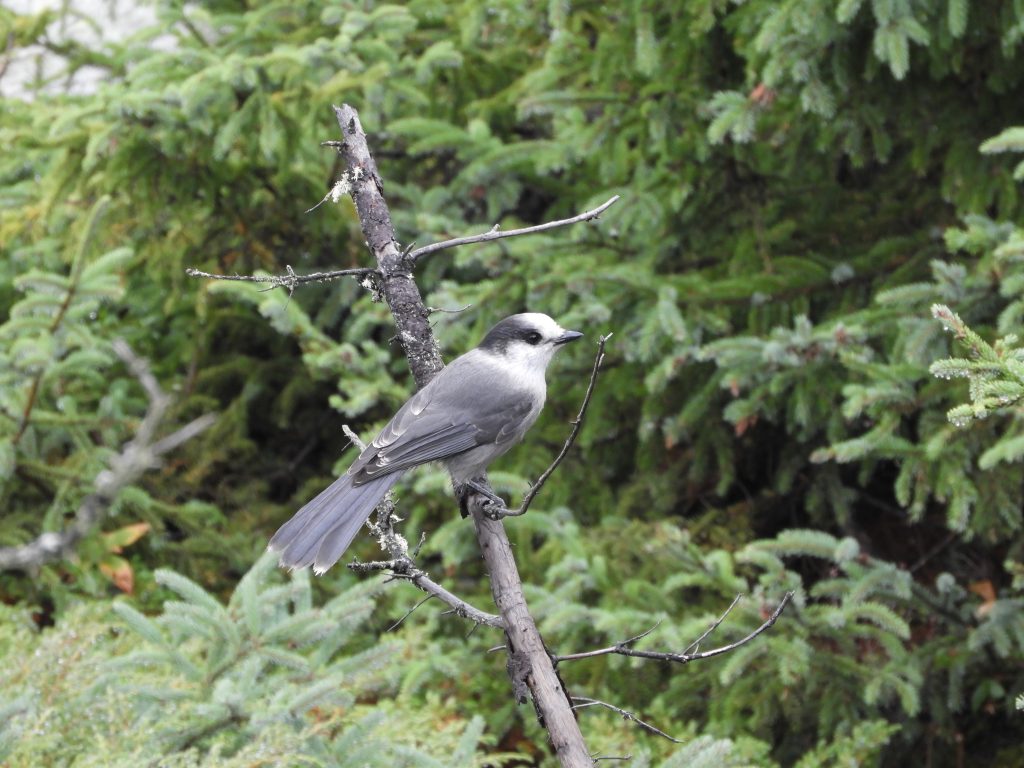
Like the American Pipit of a few days earlier, this is another species that has been subject to some name changes, (not that it cares in the slightest). It was only five or six years ago that the name Canada Jay replaced Gray Jay, but ‘Gray’ was relatively short-lived having been adopted sometime in the early fifties, pushing ‘Canada’ aside for a while. The reinstatement of Canada Jay was a point of triumphant, nationalist pride to many vocal Canadian ornithologists.
